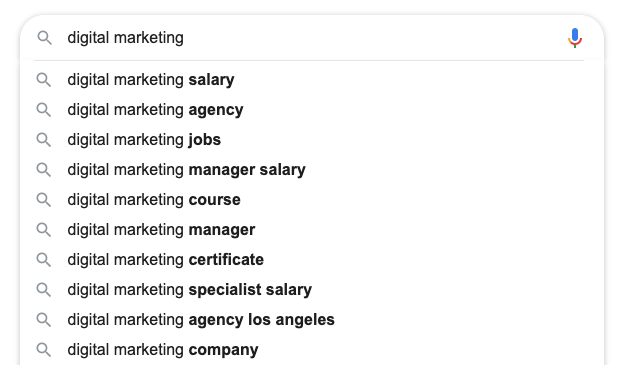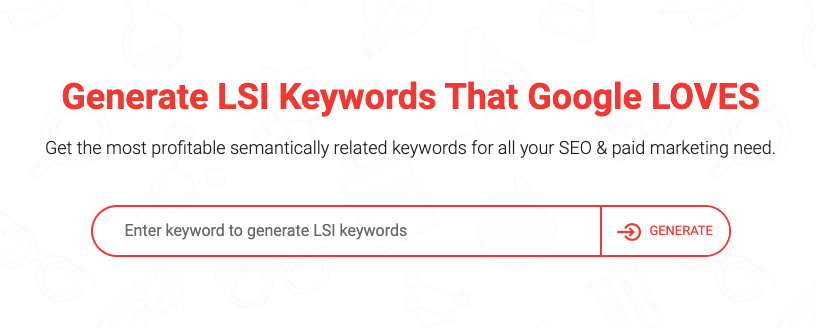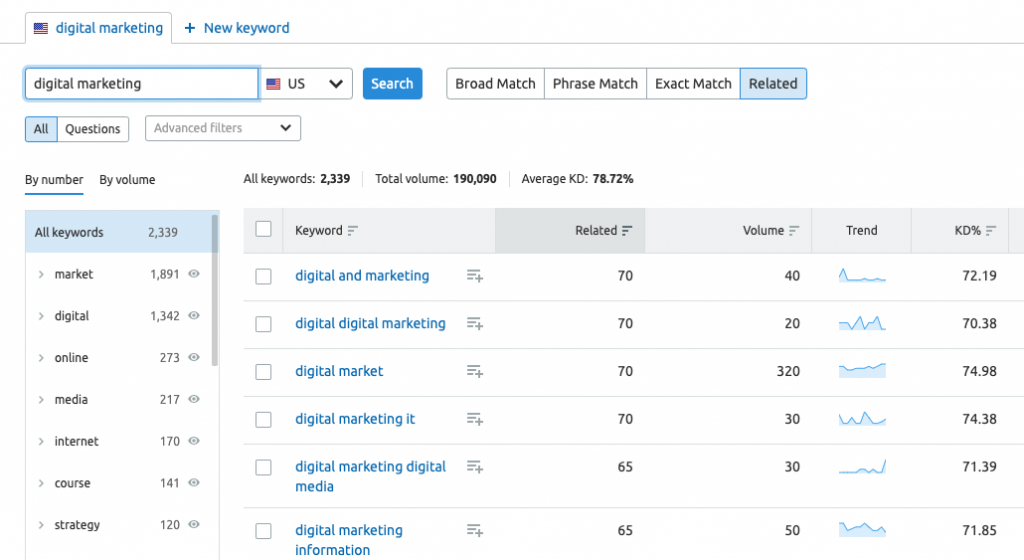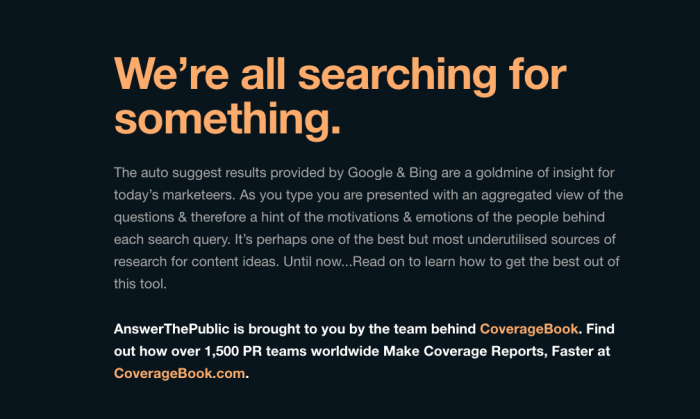What are LSI Keywords?
LSI (Latent Semantic Indexing) keywords are terms conceptually related to each other. Search engines use them to better understand a piece of content on a website. Specifically, LSI is a type of mathematical technique that determines the way words group together in predictable patterns.
Why Does Google Look at LSI Keywords?
Google Hummingbird and Semantic Keywords
In August of 2013, Google announced the Hummingbird Algorithm update, otherwise known as the semantic algorithm. Hummingbird focuses on synonyms and enhances Google’s capacity to determine the context of the entire search query. In other words, it dealt with searcher intent. This is the first time a Google Algorithm began focusing on the holistic context of the entire past rather than a couple of keywords.
RankBrain and Semantic Searches
LSI and SEO
Adding LSI Keywords to your writing enhances credibility and prevents search engines from viewing your content as spam. Including semantically related keyword phrases lowers the bounce rate by preventing your content from ranking for irrelevant keywords. For example, 57% of all Amazon’s sales come from keywords that are LSI versions of the originally targeted keyword.
How to Find LSI Keywords
1. Google’s related Search Suggestions

As you probably know, when you start typing something into the Google Search Bar it gives you a range of relevant alternatives to what you’re typing in. These alternatives are LSI keywords that you can use in your own content strategy. More specifically, Google’s algorithm recognizes the related terms as words that cluster together with the searched term in a predictable way. The cool thing about Google’s auto-complete function on search is the ability to drill down to the specific long-tail keyword phrases.
2. LSIGraph

LSIGraph is a free tool that provides you with semantically related keywords to any phrase you type into the search bar. All you have to do is type in any keyphrase and the tool does the rest! With that being said, the free daily search limit stays capped at twenty and you’re not able to export the results. Once again, this tool is great for finding the related long-tail keywords phrases that usually contain at least three words.
3. SEMrush

SEMrush provides another useful tool for discovering semantically related keyword phrases. Simply navigate to the Keyword Magic tool in the SEMrush dashboard and type in your main keyword and select related search. Much like LSIGraph, you’ll get a list of semantically related keyword phrases that don’t necessarily contain the searched keyword.
4. Answer the Public

Answer The Public is a popular keyword suggestion tool that creates a beautiful visual graph representing all of the relevant semantic keyword phrases. More specifically, the tool spits out relevant keywords containing prepositions, questions, comparisons, related keywords, and an alphabetical keyword list. The map will produce an overwhelming amount of keywords, but a little digging can pay off in spades.
How to Implement LSI Keywords
1. Use LSI Keywords in meta tags
Meta descriptions are a cornerstone of any good SEO strategy. Instead of simply plugging in a couple of core keywords, add in LSI phrases as well. Ideally, this will help you improve rankings and show up in SERP’s. More specifically, Google can better understand your page intent and suggest your content to more users when meta descriptions better describe your content piece through relevant semantic keywords.
2. Use LSI Keywords in Image Alt text
Image search remains a trendy topic in SEO. With that being said, you need to make sure your alt text is optimized for search engines as that text is used to help Google determine the content of that particular photo. We suggest applying LSI keywords to old images that are used multiple times. Rename and optimize the image each time it’s used with various semantically relevant terms. Not only will this optimize the image, but it will also help Google crawl and understand your content as a whole.
3. Include the most relevant keywords in the first half of your content
As a general rule, your most important keywords should appear towards the top of your content. If possible, your top targeted keyword should ideally show up in the first line of your content. Following that first sentence, include multiple Latent Semantic keywords in the first 50% of the post. Once again, this helps Google quickly crawl and understand your text for better rankings.
4. Don’t Ignore Readability and Context
Adding in semantic keywords out of context won’t help SEO. More specifically, just like keyword stuffing, inundating your copy with too many LSI keywords can result in Google targeting your content as spammy. Prior to publishing, read over your copy and reformat any sentences that sound unnatural or forced. Just like anything else in SEO overdoing it will eventually lead to negative consequences.
Final Words
The Google search algorithm grows more intelligent each and every day. The recent BERT Update proved the search engine’s ability for further semantic language understanding and comprehension. Therefore, it’s more important than ever to write for humans rather than simply for machines. LSI keywords help you accomplish this because they force you to look past keyword stuffing and focusing too much on one topic. Above all, write content that your audience wants to read!














